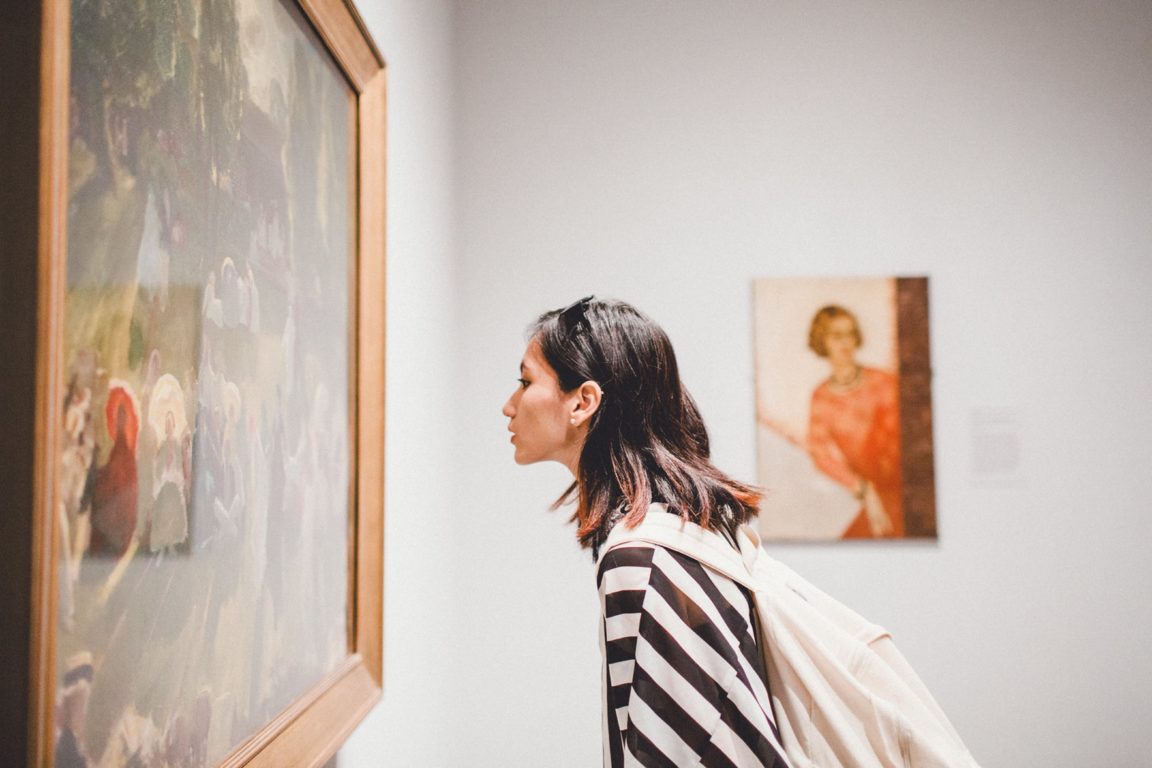Art and its different aspects have always been an imperative part of a country’s economic and social development, and North Korea is no different. North Korea, a beautiful Asian country, is enriched with mesmerizing richness in every part of life, be it art or culture!
As per historical experts, if you want to trace a country’s journey from the beginning, observe its trajectory of art and culture. North Korea also has undergone numerous significant changes when it comes to its art journey.
However, due to the secretive nature of North Korea, it is not surprising that the Western world needs to learn more about its art forms. Yet, despite this mystery shrouding Korea’s art, it can easily be considered one of the major producers of fabulous art forms.
Main Characteristics of Art Forms in North Korea
Let us have a walk through some of the magnificent characteristics of the country’s art forms to know more about North Korean Art.
Art Legitimates North Korean Leadership
The art forms in North Korea majorly legitimize the leadership system of dictatorship. Using socialist realism, the North Korean painters have portrayed a world where the country’s heroism, human development, and happiness revolve around the ruling family.
This socialist realism focused on the Juche ideals, the North Korean state doctrine. Also, experts in this juche doctrine divide world art history into two types: reactionary art and people’s art.
While the people’s art emphasized the needs of ordinary men, the reactionary art referred to the ruling class’s ideology.

Poster Art is An Important Part
An essential aspect of the art form in North Korea is poster art. Different types of poster art are used to propagate the leadership of the country. Giant public sculptures of the leaders Kim II Sung and Kim Jong Un are renowned as sacred monuments.
Also, these sculptures, as an art form, are used to encourage the county’s people to work hard and serve their leaders well. This is why the art form of North Korea has often been termed the ‘art of propaganda’ in the Western world.
Importance of Social Realism in Art
As mentioned above, social realism forms a crucial part of art forms found in North Korea. In fact, the art forms are based on three main themes. First, these themes are idolizing leadership, glorifying the revolutionary past years, and celebrating the present everyday life.
Most of these art forms depicting Social Realism can be found in Mansudae Art Studio in Pyongyang, North Korea’s capital. Most art forms here represent the happy faces of people indulged in their everyday activities. In addition, these art forms include theological sketches depicting and encouraging spiritualism.

Rice Paper Paintings
Rice paper paintings have come forth as an integral part of art forms found in North Korea. These paintings were essential to the recent North Korean art exhibitions held in Washington.
Paintings on rice paper emerged as a supreme painting trend in the art forms. These kinds of paintings are known as the chosonhwa, which include ink paintings on rice paper sheets.
These art forms demand a high precision quotient from artists as the surface of rice paper is highly fragile, and the number of ink layers used is restricted.
The graduate students have to undergo eight years of study at the Pyongyang University of Fine Arts. These students then receive their ‘First Degree, ‘ which allows them to work in the studio. From then on, the artists can move up the ladder based on their abilities to draw and the number of works they can produce
Final Words
Many westerners interested in North Korean art often get intrigued by the mystery surrounding the country. Also, the art forms promoted by the government try to portray the high happiness quotient of their fellow citizens and encourage them to serve the leadership in all aspects.
In addition, the art forms display social realism and make efforts to show the leadership of the country in the highest esteem. In short, the art forms of North Korea are highly guarded by the government, which strives to protect them from Western influence.





